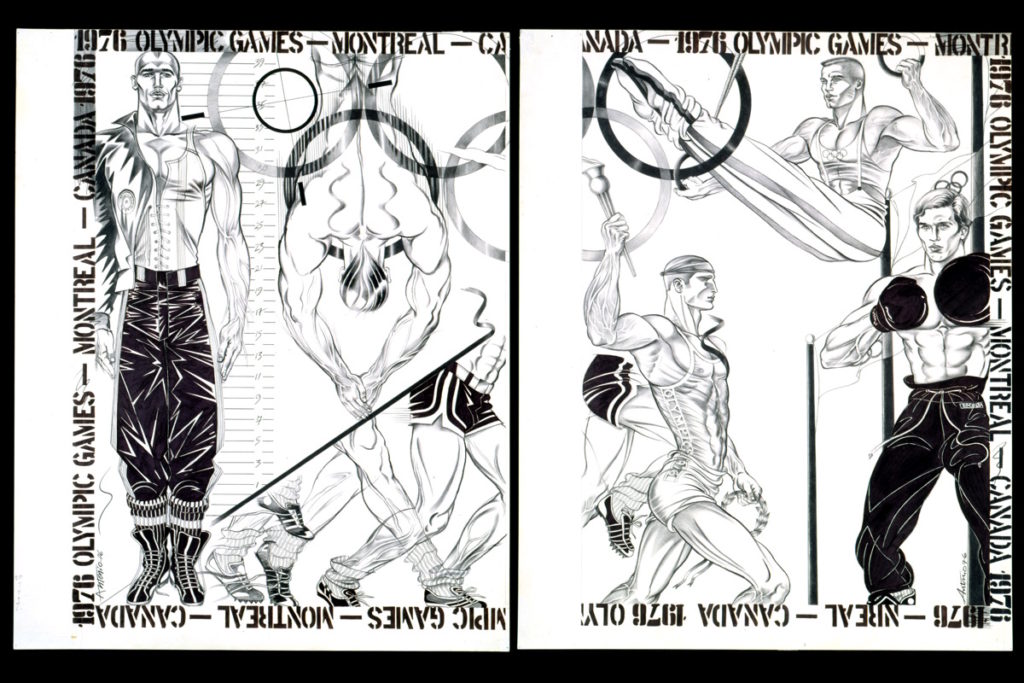Opinion
Antonio Lopez Brought Camp Out of the Closet
THE DAILY PIC: At El Museo del Barrio, Lopez helps gay desire go mainstream.

THE DAILY PIC: At El Museo del Barrio, Lopez helps gay desire go mainstream.

Blake Gopnik

THE DAILY PIC (#1617): This is a study for a two-part print produced in honor of the 1976 Montreal Olympics by Antonio Lopez, a major figure in fashion illustration who is now the subject of a fascinating retrospective at the Museo del Barrio in New York.
Antonio’s Olympic print illustrates as big a cultural watershed as any you are likely to find: The decade or so in which gay culture went from being secretive, shameful and on the margins to thriving in the mainstream cultural mix.
In the early 1960s, there was the “camp” moment, when a series of coded markers for gayness – Tiffany lamps, Mae West, cappuccino – started to be popular among straight culturati. But note that it was the code rather than the thing encoded that had made that transition: Art Nouveau fabulousness was “in” but homosexuals could still barely come out. As late as 1964, when Hollywood had happily picked up on the camp craze for all things Edwardian, Life magazine could still wax indignant at the fact that “homosexuals are discarding their furtive ways and openly admitting, even flaunting, their deviation.”
Fast forward a dozen years, to the moment represented by Antonio’s print – as it happens, precisely the era when I hit my teens. (Montreal was my hometown, so I went to any number of Olympic events.) The print still represents a certain kind of gay-fabulous aesthetic that could probably still be called camp. The important difference is that now gayness is not encoded by that aesthetic, as a hidden signified; it is a vital element in it. Gay desire and its trappings – legwarmers, anyone? – have become accepted parts of the cultural language. A gay man could express his love of male bodies, and that could be the selling point for an Olympic print. The Village People could be a major musical group because they were seen to be gay – almost only because they were seen to be gay – rather than because of their vast melodic talent. (Courtesy the Estate of Antonio Lopez & Juan Ramos)
For a full survey of past Daily Pics visit blakegopnik.com/archive.